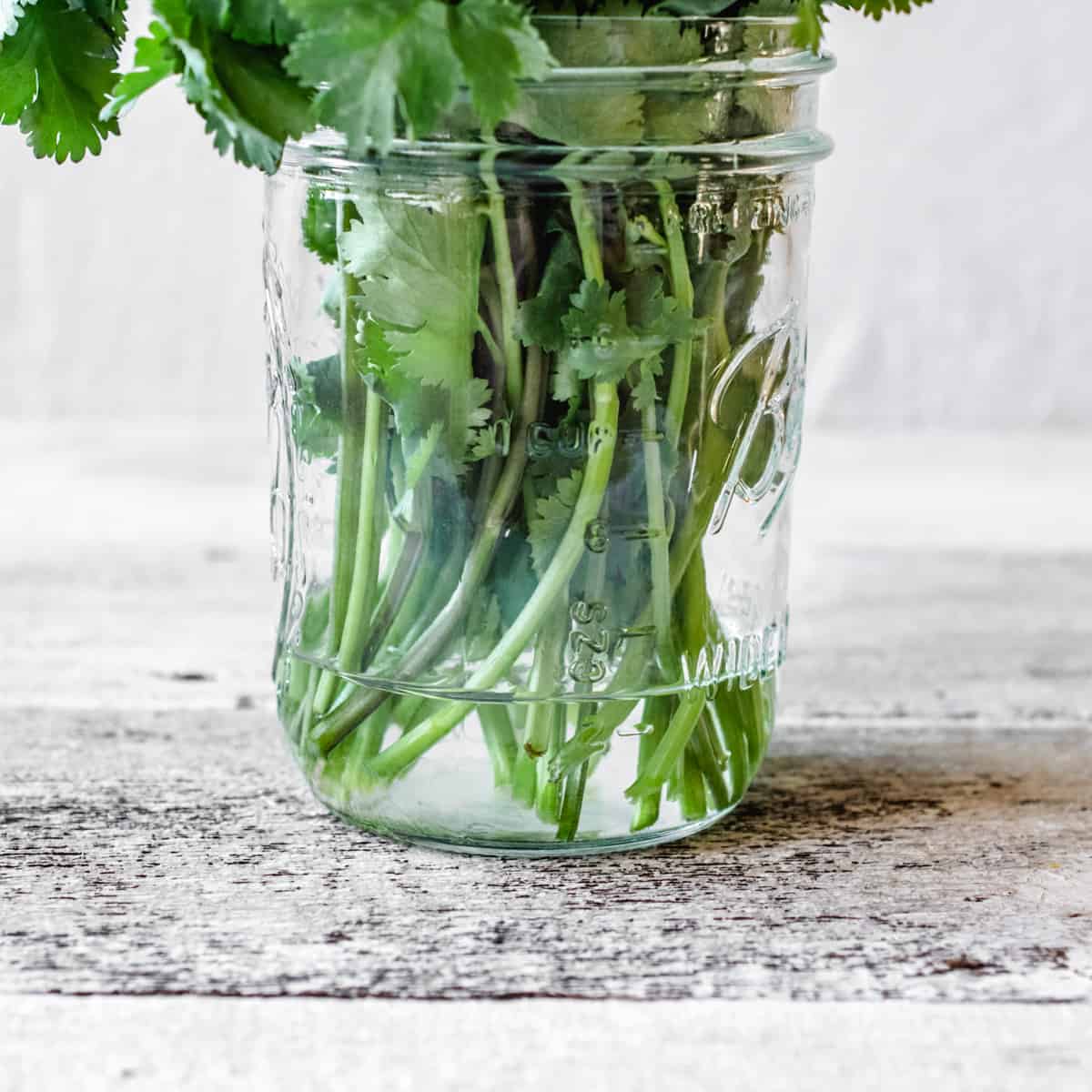

Articles
How To Store Cilantro In Water
Modified: December 7, 2023
Discover the best way to store cilantro in water with this informative article. Keep your cilantro fresh and flavorful for longer periods.
(Many of the links in this article redirect to a specific reviewed product. Your purchase of these products through affiliate links helps to generate commission for Storables.com, at no extra cost. Learn more)
Introduction
Cilantro, also known as coriander, is a versatile herb widely used in various cuisines around the world. With its unique and refreshing flavor, cilantro adds a delightful touch to dishes ranging from salsa and guacamole to curries and stir-fries. However, like many fresh herbs, cilantro tends to wilt and lose its flavor quickly, making it challenging to keep it fresh for an extended period.
Fortunately, there is a simple and effective method to store cilantro in water, ensuring that it stays vibrant and flavorful for much longer. Storing cilantro in water not only extends its shelf life but also maintains its distinct aroma and taste, allowing you to enjoy the herb’s full potential in your culinary creations.
In this article, we will explore the benefits of storing cilantro in water, the necessary materials for this storage method, and the step-by-step process to preserve your cilantro effectively. By following these guidelines, you can make the most of your cilantro, waste less, and always have fresh herbs on hand for your favorite recipes.
Key Takeaways:
- Store cilantro in water to extend its shelf life, preserve flavor, and maintain accessibility. Enjoy vibrant, fresh herbs for longer, minimizing waste and enhancing culinary creations.
- Follow simple steps to store cilantro in water, from selecting fresh herbs to proper prep and storage. Change water regularly and experiment with recipes for maximum freshness.
Read more: How To Store Cilantro
Benefits of storing cilantro in water
Storing cilantro in water offers several advantages over other storage methods. Here are the key benefits:
- Extended shelf life: By placing cilantro stems in water, you create a favorable environment that mimics the herb’s natural habitat. This helps to keep the cilantro fresh and vibrant for a longer time, allowing you to use it over several days instead of it wilting within a few hours.
- Preserves flavor and aroma: Cilantro is valued for its distinctive flavor and aromatic qualities. Storing it in water helps to preserve these characteristics, ensuring that you can enjoy the herb at its best. Water provides the necessary hydration to keep the cilantro hydrated and prevent it from drying out, which could result in flavor loss.
- Convenient and accessible: Storing cilantro in water makes it easily accessible. You can keep it on your kitchen counter or fridge, and it will be ready to use whenever you need it. No more rummaging through the fridge or dealing with wilted, unusable herbs.
- Cost-effective: With the water storage method, you can make the most of your cilantro and minimize waste. It eliminates the need to discard wilted bunches of cilantro that you couldn’t use up in time. By extending the shelf life, you can use every bit of cilantro you purchase.
- Visual appeal: Storing cilantro in water adds a fresh and vibrant touch to your kitchen. The green stems standing upright in a container of water can be visually pleasing, enhancing the overall aesthetics of your culinary space.
- Encourages consumption: When cilantro is easily accessible and maintains its fresh appearance, you are more likely to incorporate it into your meals. The convenience of having fresh cilantro on hand encourages experimentation and trying new recipes that incorporate this delightful herb.
Now that we understand the benefits of storing cilantro in water, let’s move on to the materials you will need for this storage method.
Materials needed
To store cilantro in water, you will need the following materials:
- Cilantro: Start with a fresh bunch of cilantro. Look for vibrant green leaves and sturdy stems without any signs of wilting or discoloration. The quality of the cilantro you choose will significantly impact its longevity when stored in water.
- A container: Select a container that is tall enough to accommodate the length of the cilantro stems. A glass or jar works well, as it allows you to see the water level and adds a visually appealing element to your kitchen. Ensure the container is clean and free from any residues that could contaminate the water.
- Water: Use clean, filtered water to fill the container. Avoid using chlorinated water as it can affect the herb’s flavor and quality. If you don’t have access to filtered water, leave tap water out for a few hours to allow chlorine to dissipate before using it.
- A plastic bag or plastic wrap: This is optional but can be used to cover the cilantro loosely to prevent it from drying out. It helps maintain a moist environment without suffocating the herb.
Now that you have gathered the necessary materials, let’s dive into the step-by-step process of storing cilantro in water.
Step 1: Choose fresh cilantro
The key to successful cilantro storage is starting with fresh, high-quality cilantro. When selecting your cilantro bunch, look for the following characteristics:
- Green and vibrant leaves: Choose cilantro with bright green leaves that are crisp and free from wilting or yellowing. Avoid cilantro with brown or slimy spots, as this indicates spoilage.
- Firm stems: The stems should be firm and sturdy, without any signs of bending or softness. A fresh bunch of cilantro will have rigid stems that can hold up well when placed in water.
- Distinct aroma: Give the cilantro a gentle sniff. It should have a fresh, herbaceous aroma. Avoid cilantro with a musty or off-putting smell, as it may be past its prime.
When purchasing cilantro, try to buy it as close as possible to the day you intend to use it. This will ensure that you are starting with the freshest cilantro possible, maximizing its shelf life once stored in water.
After selecting your cilantro bunch, gently pat it dry with a paper towel to remove any excess moisture. This will help prevent water from pooling at the bottom of the container and create a breeding ground for bacteria.
With fresh cilantro in hand, you’re ready to move on to the next step: prepping the cilantro for storage.
Step 2: Prep the cilantro
Before storing cilantro in water, it is essential to properly prepare the herb to ensure its longevity and freshness. Follow these steps to prep the cilantro:
- Remove any band or tie: If your cilantro bunch has a rubber band or tie holding it together, carefully remove it. Leaving the band on can restrict airflow and lead to faster wilting.
- Trim the ends of the stems: Take a sharp knife or a pair of kitchen scissors and trim about half an inch off the ends of the cilantro stems. This fresh cut helps the cilantro absorb water more efficiently.
- Remove any yellowed or wilted leaves: Inspect the cilantro leaves and remove any yellowed or wilted leaves. These leaves can promote the wilting and spoilage of the remaining cilantro, so it’s best to discard them.
- Rinse the cilantro: Gently rinse the cilantro under cold running water to remove any dirt, debris, or pesticides. Be sure to handle the cilantro delicately to avoid bruising or damaging the leaves and stems.
- Pat dry: After rinsing, lightly pat the cilantro dry with a paper towel. Avoid drying it too thoroughly, as a slight moisture level is beneficial for preserving the herb’s freshness.
By properly prepping the cilantro, you remove any potential contaminants and create optimal conditions for storing it in water. Now that the cilantro is ready, it’s time to move on to the next step: filling a container with water.
Read more: How To Store Cilantro In Fridge
Step 3: Fill a container with water
Now that you have prepped the cilantro, it’s time to fill a container with water for storing the herb. Follow these steps:
- Select a suitable container: Choose a container that is tall enough to accommodate the length of the cilantro stems. A glass jar or vase works well for this purpose. Make sure the container is clean and free from any residues or contaminants.
- Fill the container with water: Use clean, filtered water to fill the container. Fill it about three-fourths of the way full, leaving enough space for the cilantro stems. Avoid using chlorinated water, as it can affect the flavor of the cilantro.
- Optional: Add ice cubes: If you want to create a cooler environment for the cilantro, you can add a couple of ice cubes to the water. This can help maintain the herb’s freshness and prolong its shelf life.
Ensure that the water level is sufficient to cover the ends of the cilantro stems once they are placed in the container. However, avoid submerging the leaves in water, as this can cause them to become soggy and promote bacterial growth.
With the container filled with water, you’re now ready for the next step: placing the cilantro in the water.
To store cilantro in water, trim the stems and place in a glass of water, covering the leaves with a plastic bag and securing with a rubber band. Change the water every few days to keep the cilantro fresh.
Step 4: Place the cilantro in the water
Now that your container is filled with water, it’s time to place the prepped cilantro in it. Follow these steps:
- Hold the cilantro bunch: Take the trimmed and dried cilantro bunch in your hand, making sure to hold it by the stems. Avoid touching or holding the leaves as much as possible, as this can bruise them and accelerate wilting.
- Submerge the stems in water: Gently lower the cilantro bunch into the container, ensuring that the cut ends of the stems are submerged in the water. The leaves should remain above the water surface to prevent them from becoming waterlogged.
- Arrange the stems: Adjust the cilantro stems as needed, arranging them so that the cilantro bunch stands upright in the container. This will not only provide stability but also enhance the visual appeal of the stored cilantro.
- Optional: Cover with a plastic bag or plastic wrap: If desired, loosely cover the cilantro with a plastic bag or plastic wrap. This helps to create a slightly humid environment and prevent excessive evaporation, thereby maintaining the cilantro’s freshness for a longer period.
It’s important to note that while the cilantro stems are submerged in water, the leaves should remain above the water line. This prevents the leaves from becoming waterlogged and losing their crispness and flavor.
With the cilantro properly positioned in the container, it’s time to move on to the next step: storing the cilantro properly.
Step 5: Store the cilantro properly
Once you have placed the cilantro in the container with water, it’s important to store it properly to ensure its longevity and freshness. Follow these guidelines:
- Choose the right location: Find a suitable spot in your kitchen to store the cilantro container. Ideally, it should be away from direct sunlight and heat sources, as these can cause the cilantro to wilt more quickly.
- Avoid excessive movement: Try to keep the cilantro container in a place where it won’t be jostled or moved frequently. Excessive movement can damage the delicate leaves and stems, accelerating wilting.
- Keep away from ethylene-producing fruits: Cilantro is sensitive to ethylene gas, a natural gas produced by certain fruits like apples and bananas. Keep the cilantro container away from ethylene-producing fruits to prevent premature wilting.
- Maintain appropriate temperature and humidity: Cilantro thrives in cooler temperatures and slightly higher humidity levels. Aim to store the cilantro in an environment with a temperature between 35°F and 45°F (1.7°C and 7.2°C) and a relative humidity of around 95%. If your kitchen is dry, you can place a damp paper towel near the container to provide a bit of humidity.
- Avoid overcrowding: If you have multiple containers of cilantro or other herbs, make sure to leave enough space between them to allow for proper air circulation. Overcrowding can create a humid environment that promotes mold and bacteria growth.
By following these proper storage practices, you can extend the shelf life of your cilantro and keep it fresh and flavorful for an extended period. Now, let’s move on to the next step: changing the water regularly.
Step 6: Change the water regularly
To maintain the freshness and longevity of stored cilantro, it’s important to change the water regularly. Over time, the water can become stagnant and develop bacteria, which can accelerate the wilting and spoilage of the cilantro. Follow these steps to change the water:
- Every two to three days: Ideally, change the water every two to three days. This frequency ensures that the water remains clean and free from microbial growth.
- Remove the cilantro from the container: Carefully take out the cilantro from the container, ensuring you hold it by the stems and not the leaves to avoid bruising.
- Discard the old water: Empty the container and discard the old water down the sink or toilet. Rinse the container thoroughly with clean water to remove any residues.
- Refill with fresh water: Refill the container with clean, filtered water. Ensure that the water level is sufficient to cover the cut ends of the cilantro stems.
- Place the cilantro back in the container: Gently place the cilantro back into the container, submerging the stems in the fresh water. Adjust the stems as needed for stability and upright positioning.
- Optional: Trim the stems: If the ends of the cilantro stems appear to be slimy or discolored, trim them by cutting about half an inch off. This fresh cut helps improve water absorption and extends the cilantro’s freshness.
By changing the water regularly, you ensure a clean and hygienic environment for the cilantro to thrive, keeping it fresh and flavorful for a longer duration. Now, let’s move on to the final step: enjoying fresh cilantro for longer.
Read more: How To Store Cilantro Leaves
Step 7: Enjoy fresh cilantro for longer
By following the previous steps and maintaining the proper storage conditions, you can enjoy fresh cilantro for an extended period. Here are some tips to make the most out of your stored cilantro:
- Use as needed: Whenever you require cilantro for a recipe, simply pluck the desired amount of leaves from the top of the stored cilantro bundle. Avoid pulling the whole stems out of the water, as this can disrupt the arrangement and stability of the remaining cilantro.
- Pat dry before use: Before adding the freshly picked cilantro leaves to your dishes, gently pat them dry with a paper towel. Excess moisture can dilute flavors and impact the texture of your creations.
- Store in the refrigerator: If you have leftover cilantro after using, you can store it in the refrigerator. Wrap the stems loosely in a damp paper towel and place them in a plastic bag. This method can maintain the freshness of cilantro for an additional few days.
- Consider freezing: For even longer storage, you can freeze cilantro. Chop the leaves and place them in ice cube trays filled with water or olive oil. Once frozen, transfer the cilantro cubes into a freezer-safe container or bag. Frozen cilantro can retain its flavor and aroma for several months.
- Revive wilted cilantro: If you notice that your stored cilantro starts to wilt, you can try reviving it by trimming the stems and placing them in a glass of fresh water. Leave the cilantro in the water for a few hours, and it may regain some of its freshness.
- Experiment with recipes: With fresh cilantro readily available, don’t be afraid to experiment with new recipes that incorporate this versatile herb. From salads and sauces to soups and marinades, cilantro can add a burst of flavor and brightness to your culinary creations.
By following these tips, you can make the most of your stored cilantro and enjoy its vibrant flavors for a longer period. Now that you know the steps to store cilantro in water, you can confidently keep this beloved herb fresh and readily available in your kitchen.
Enjoy your journey of culinary exploration with fresh cilantro!
Conclusion
Storing cilantro in water is a simple and effective method to extend its shelf life, preserve its flavor, and ensure that you always have fresh cilantro on hand for your culinary endeavors. By following the steps outlined in this article, you can enjoy the benefits of storing cilantro in water and elevate the taste of your dishes.
The process begins with selecting fresh cilantro with vibrant green leaves and firm stems. Prepping the cilantro by trimming the ends and removing any wilted leaves helps to maintain its freshness. Placing the cilantro in a clean container filled with water creates an environment that mimics the herb’s natural habitat, keeping it hydrated and vibrant.
Proper storage techniques, such as choosing the right location, avoiding excessive movement, and maintaining appropriate temperature and humidity levels, contribute to the longevity of your stored cilantro. Changing the water regularly prevents bacterial growth and ensures a clean environment for the herb to thrive.
By following all these steps, you can enjoy fresh cilantro for an extended period, adding its distinctive flavor and aroma to your favorite dishes. Whether you use cilantro in salsas, curries, marinades, or salads, having this herb readily available in your kitchen is sure to enhance your culinary creations.
Remember to use the stored cilantro as needed, patting it dry before use, and considering freezing any excess for longer-term storage. Reviving wilted cilantro and experimenting with new recipes allows you to make the most of this versatile herb.
So, start storing cilantro in water and experience the joy of having fresh, flavorful herbs at your fingertips. Say goodbye to wilted bunches of cilantro and enjoy the convenience and freshness that this storage method provides. Happy cooking!
Frequently Asked Questions about How To Store Cilantro In Water
Was this page helpful?
At Storables.com, we guarantee accurate and reliable information. Our content, validated by Expert Board Contributors, is crafted following stringent Editorial Policies. We're committed to providing you with well-researched, expert-backed insights for all your informational needs.
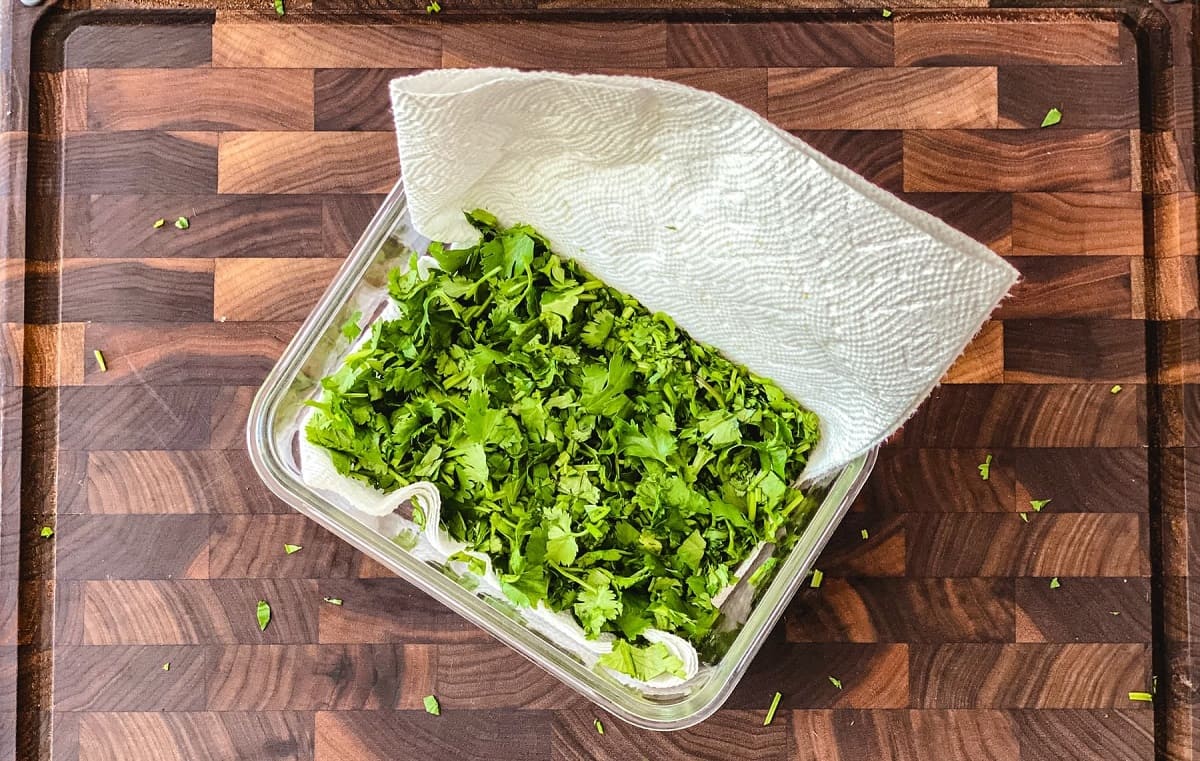
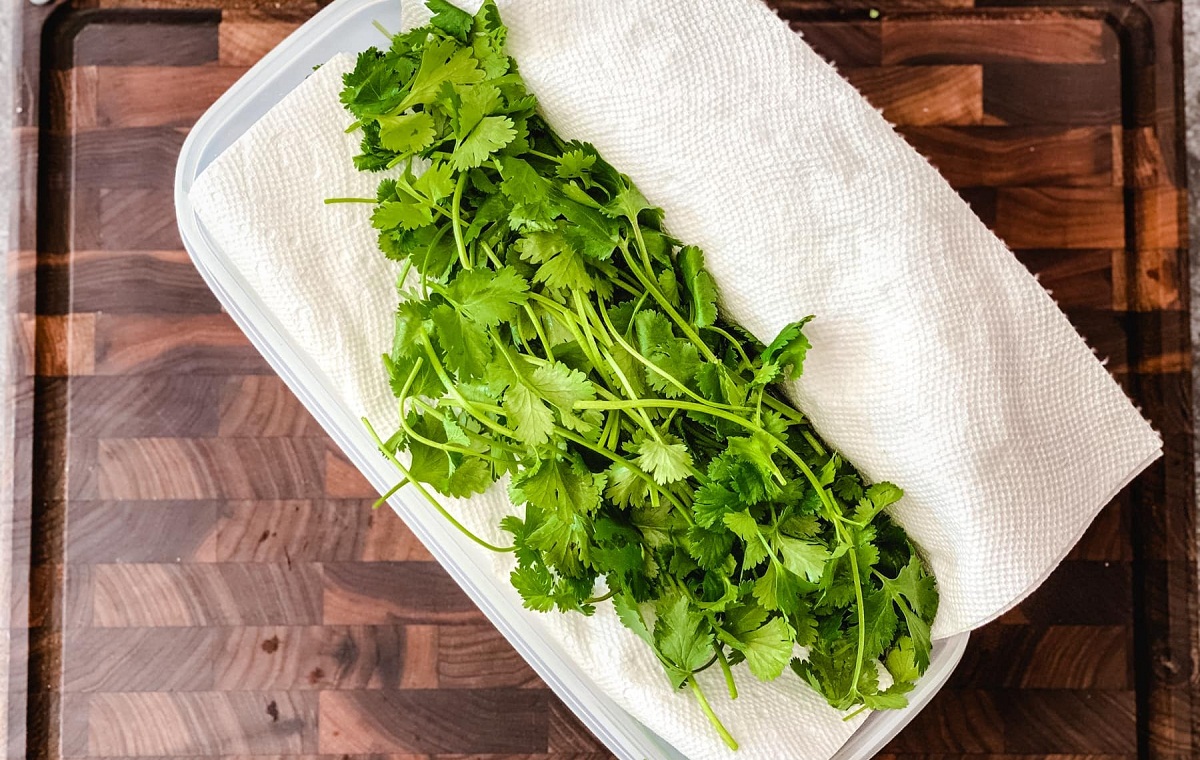
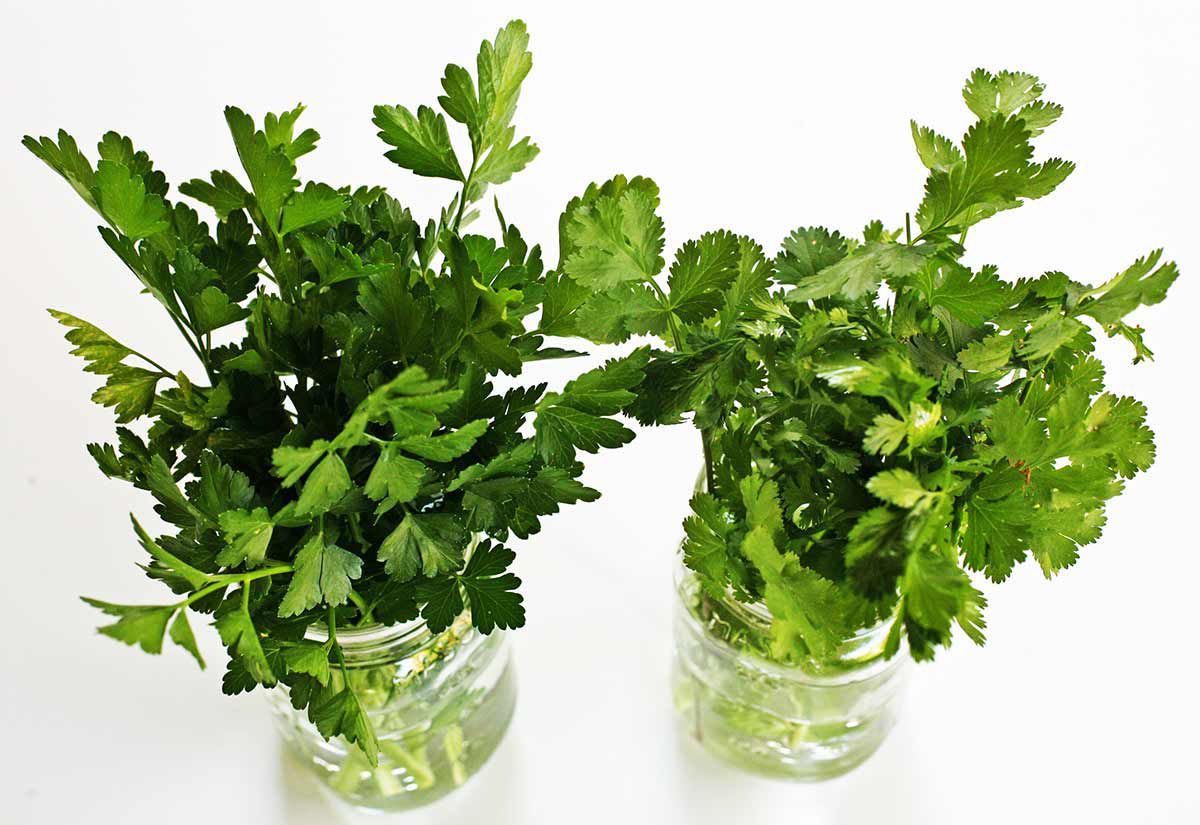
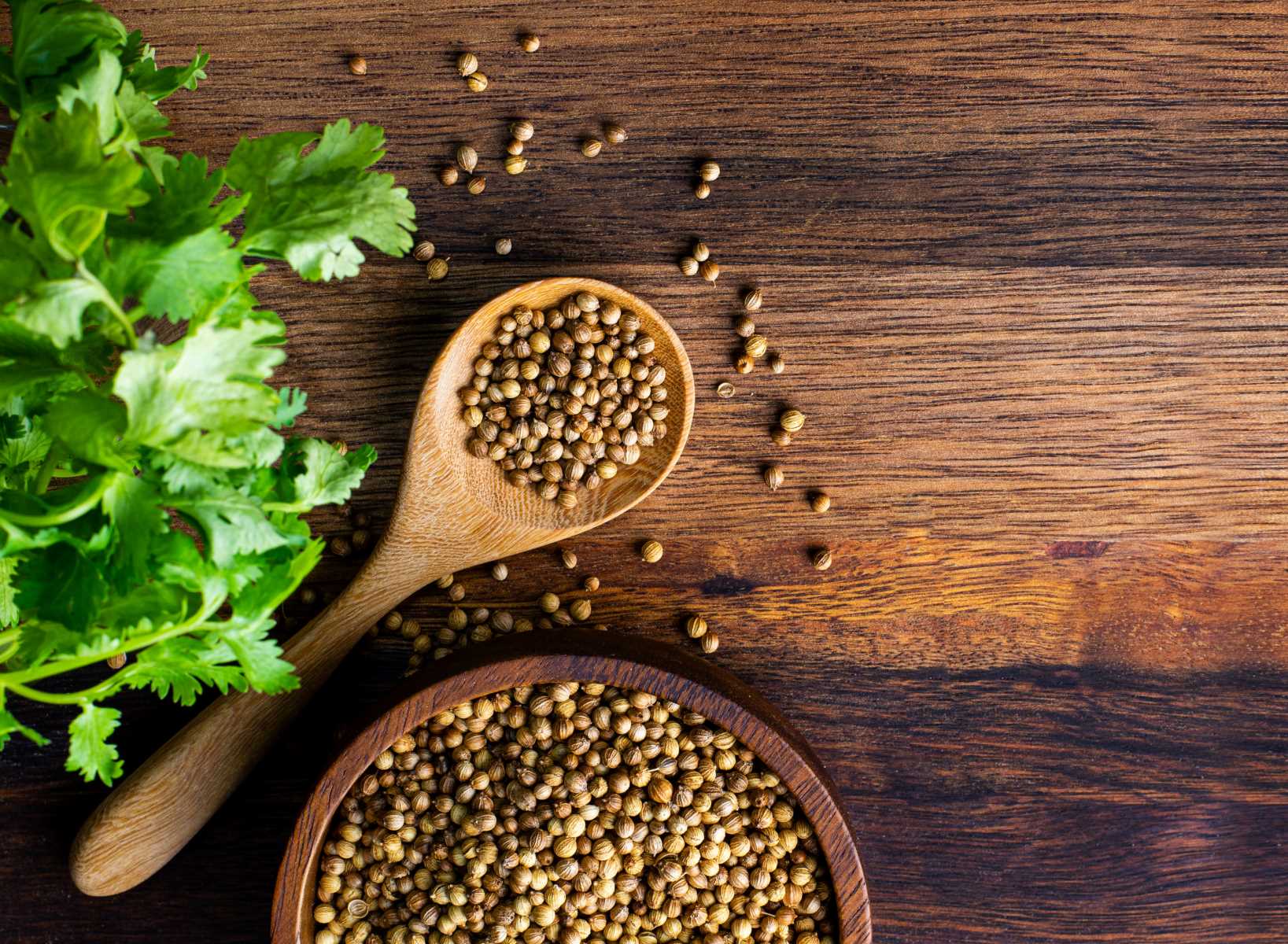

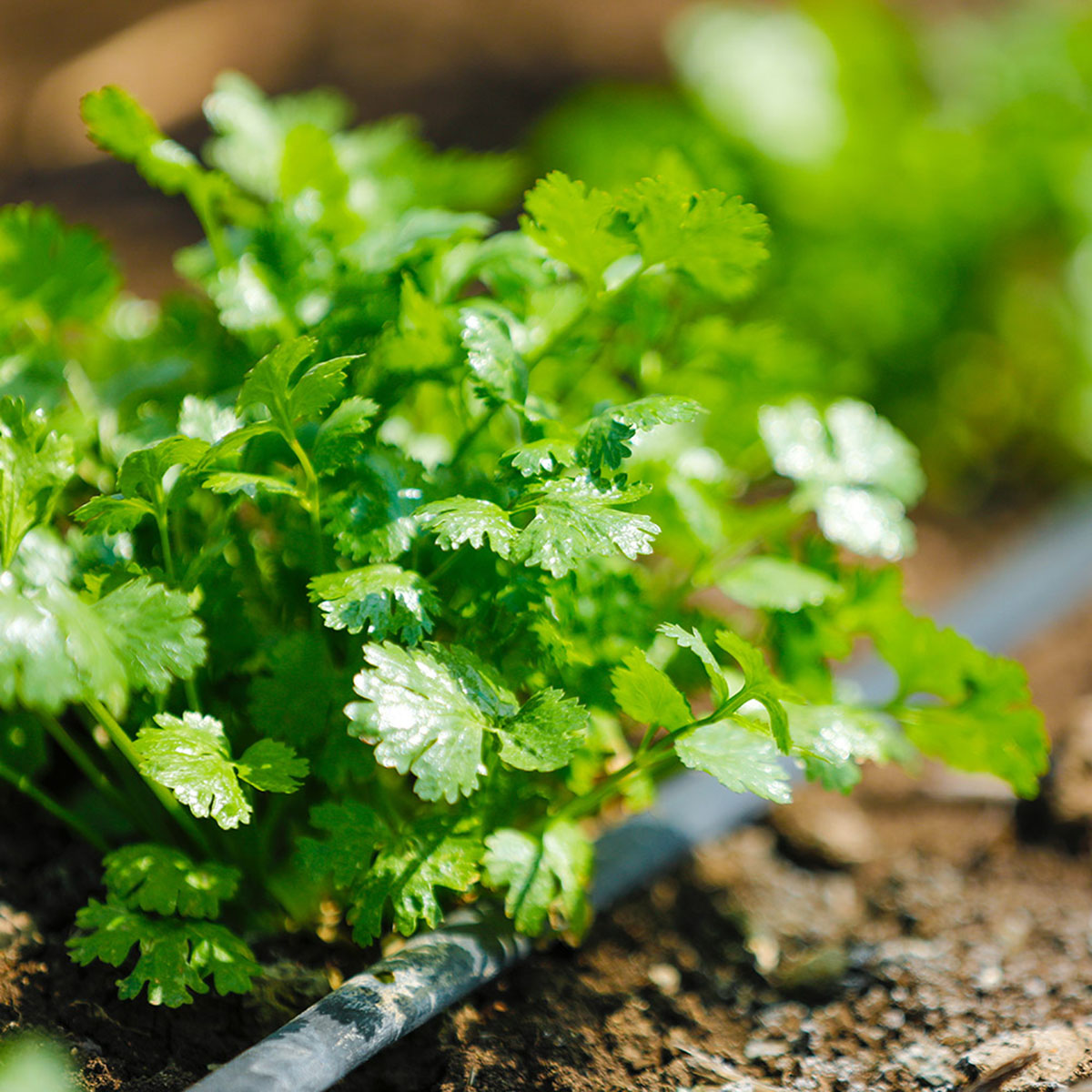
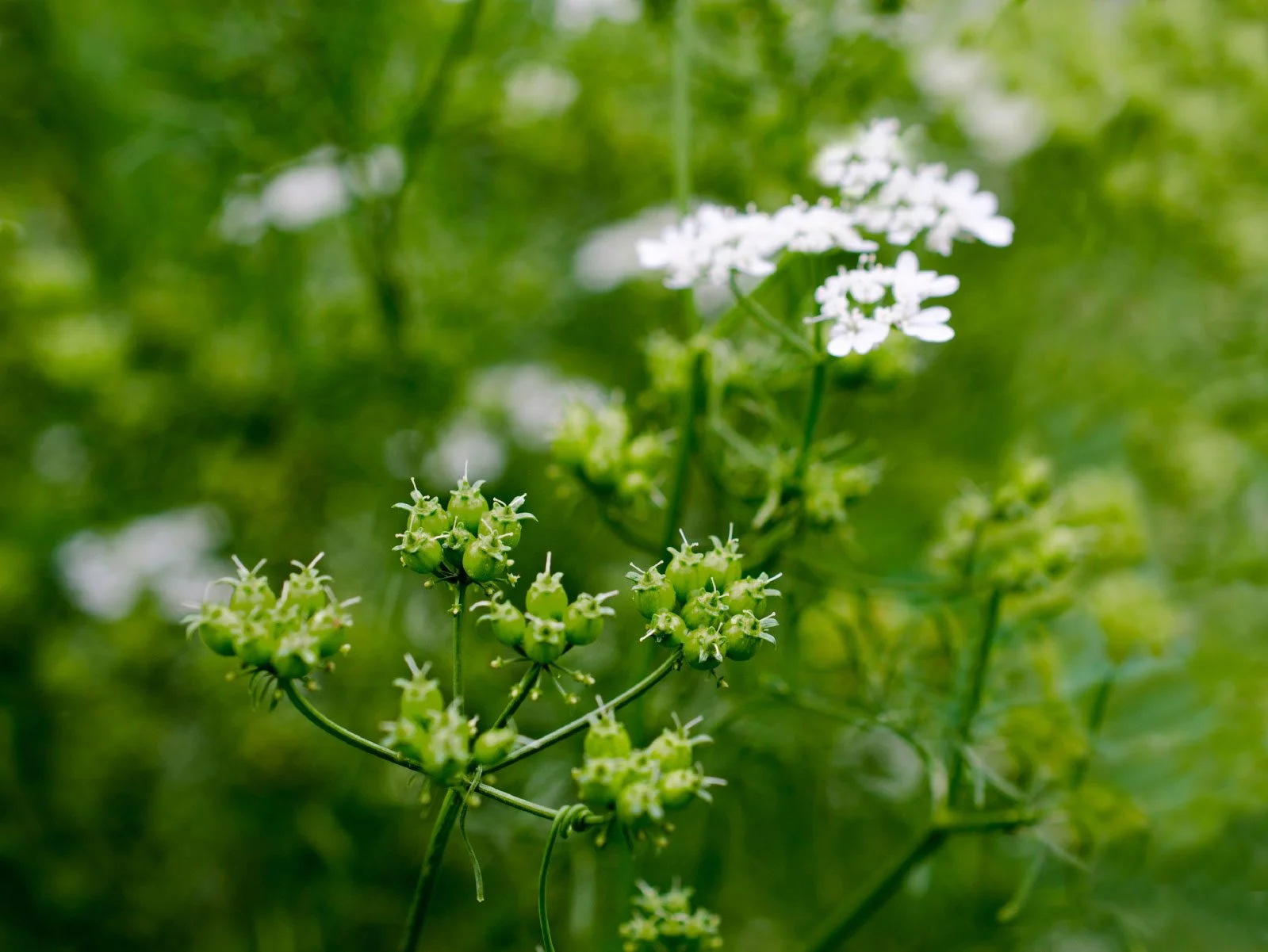
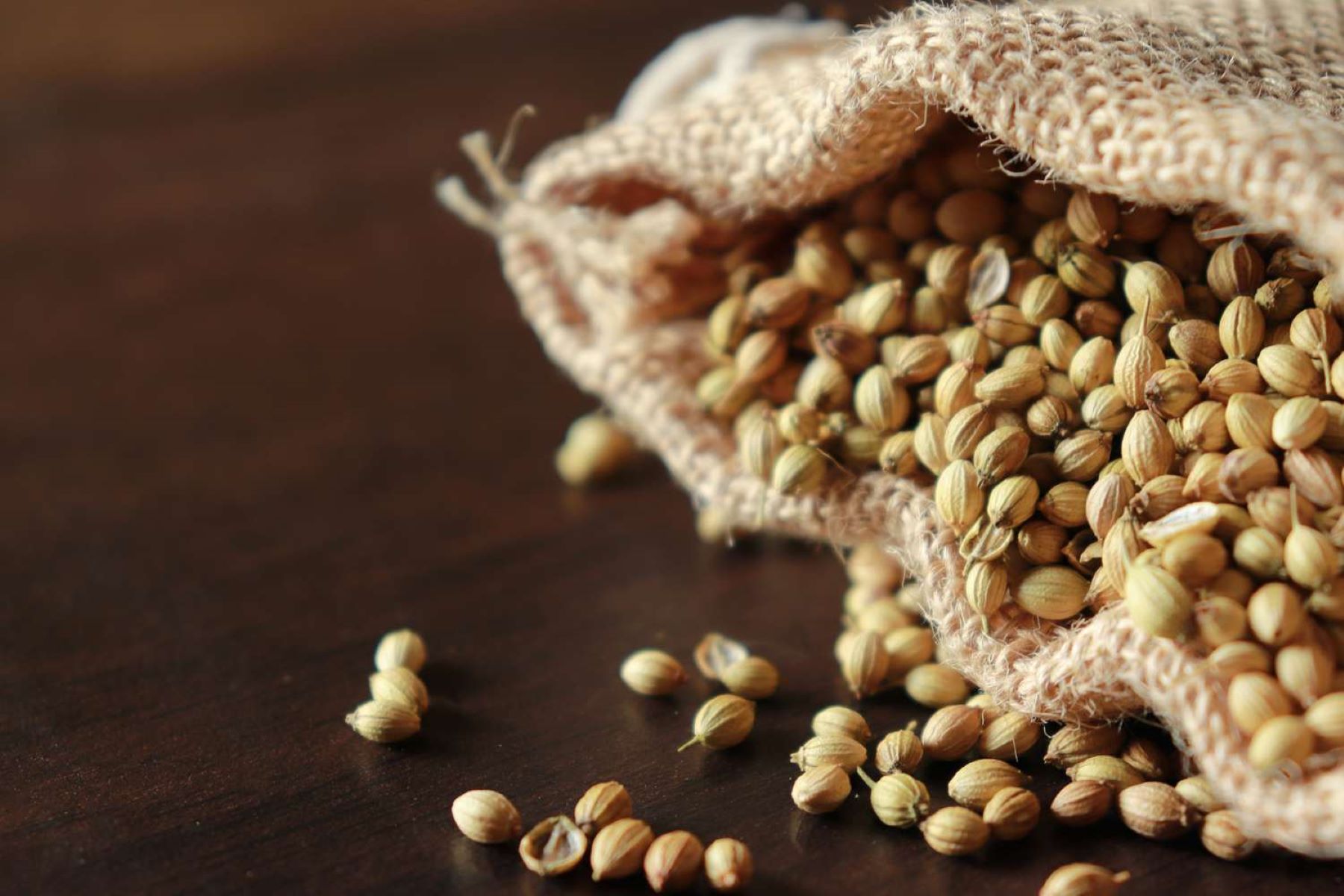
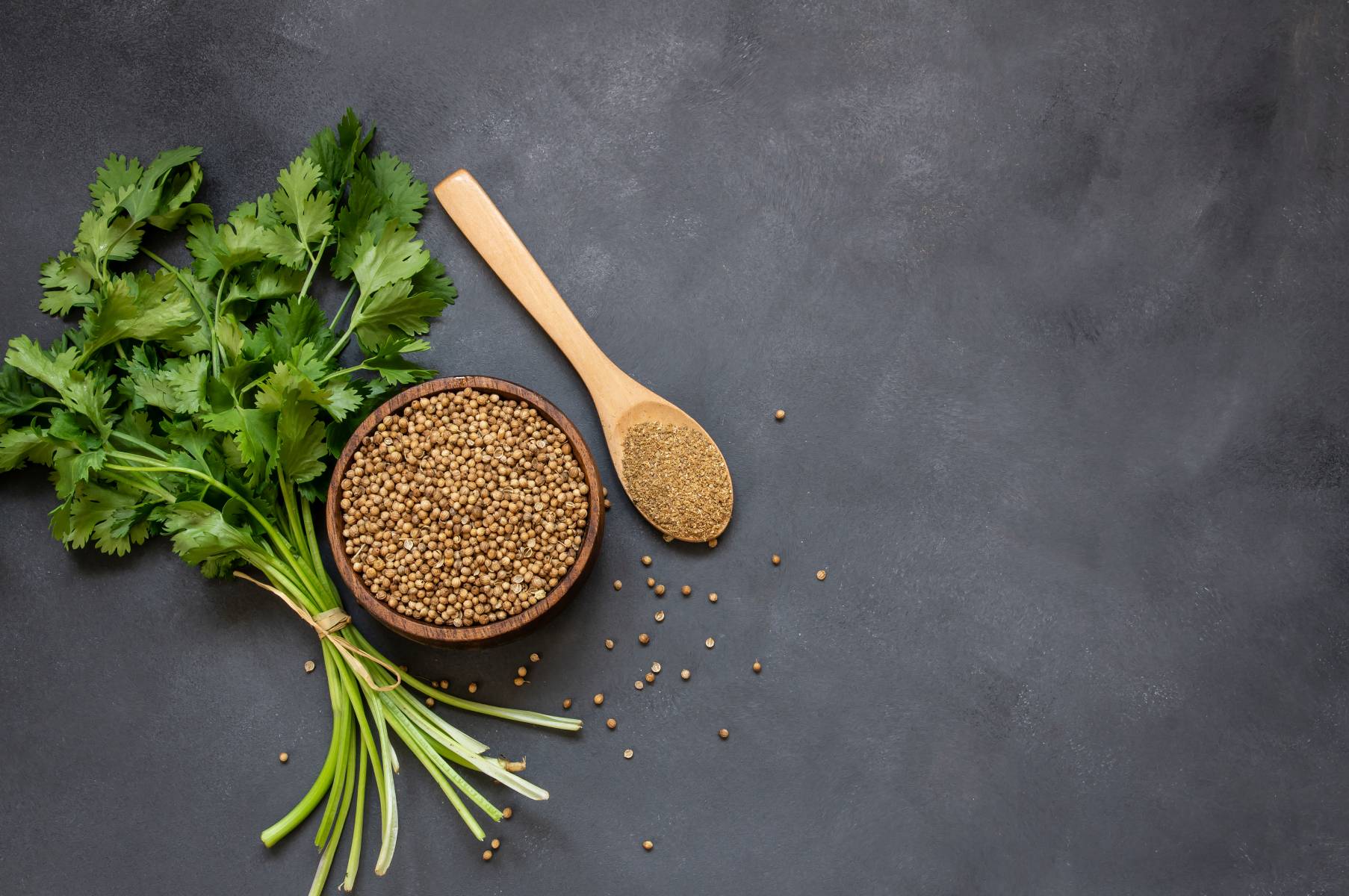
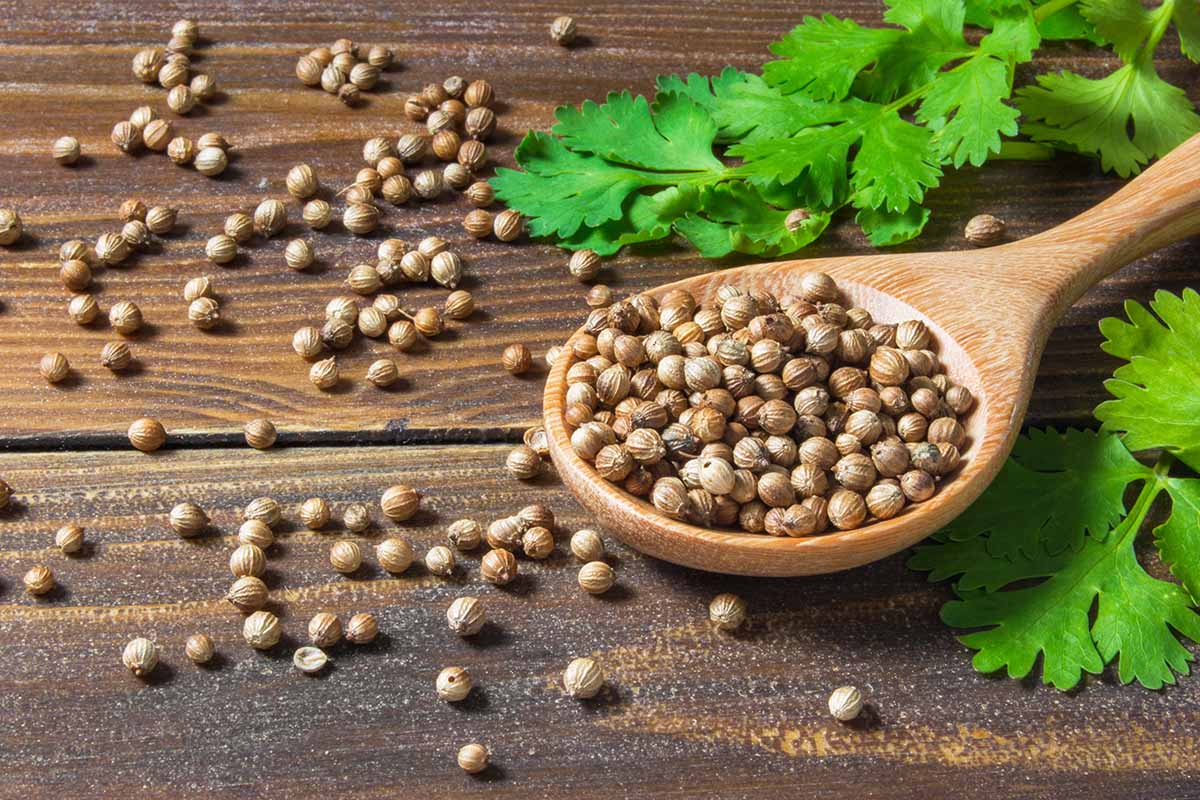
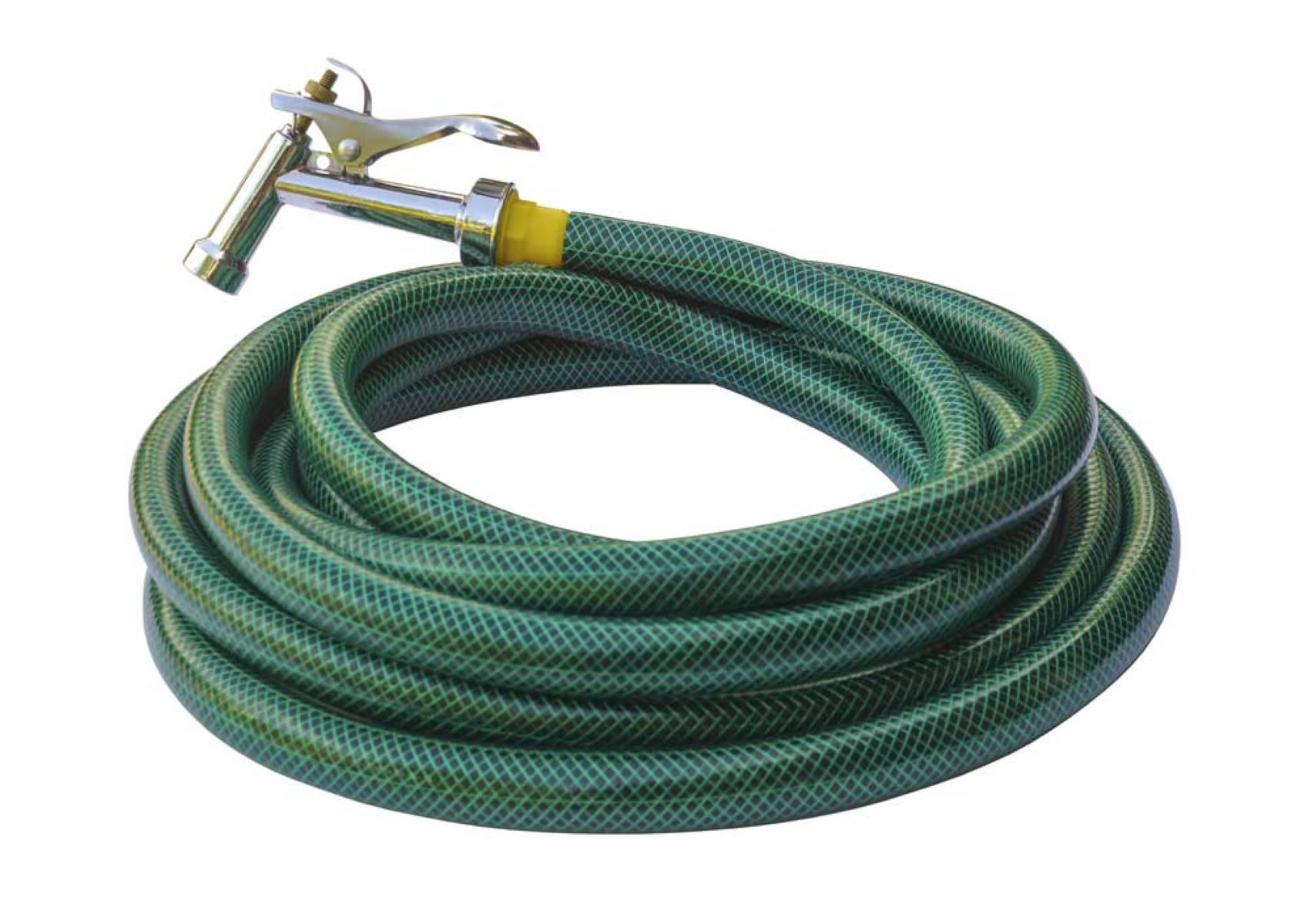
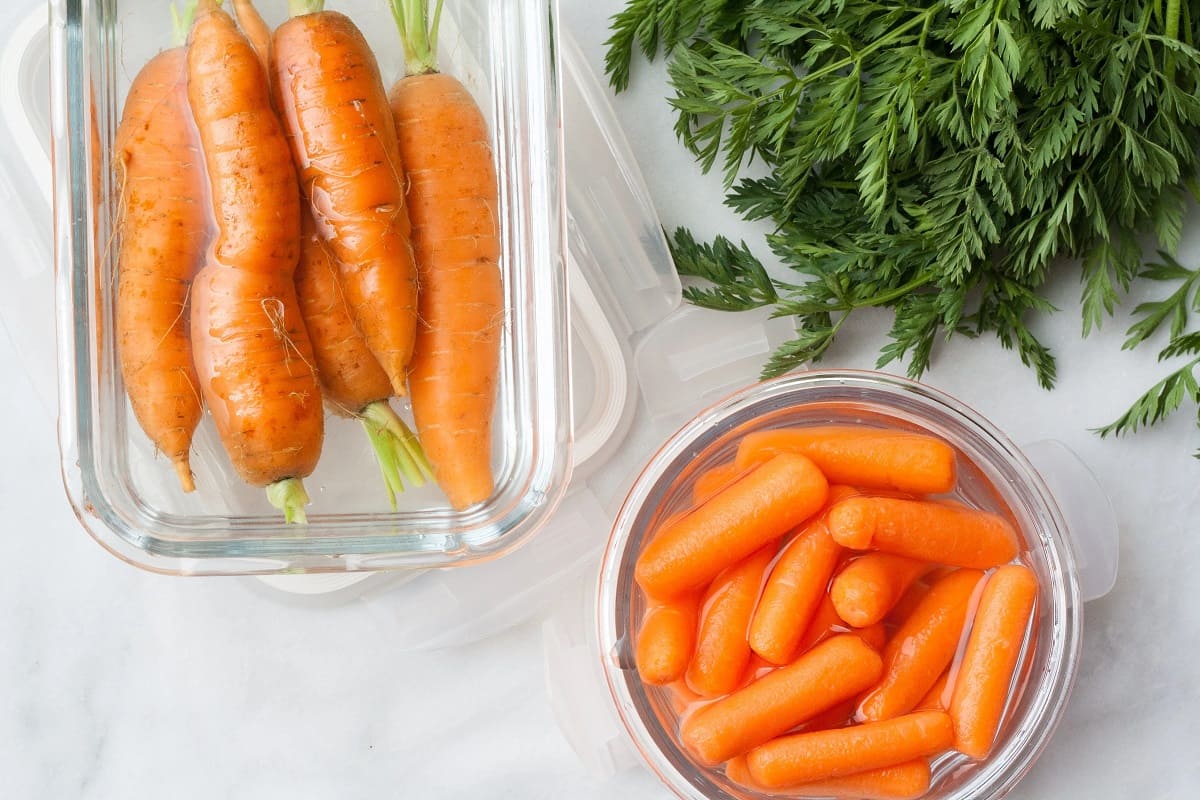
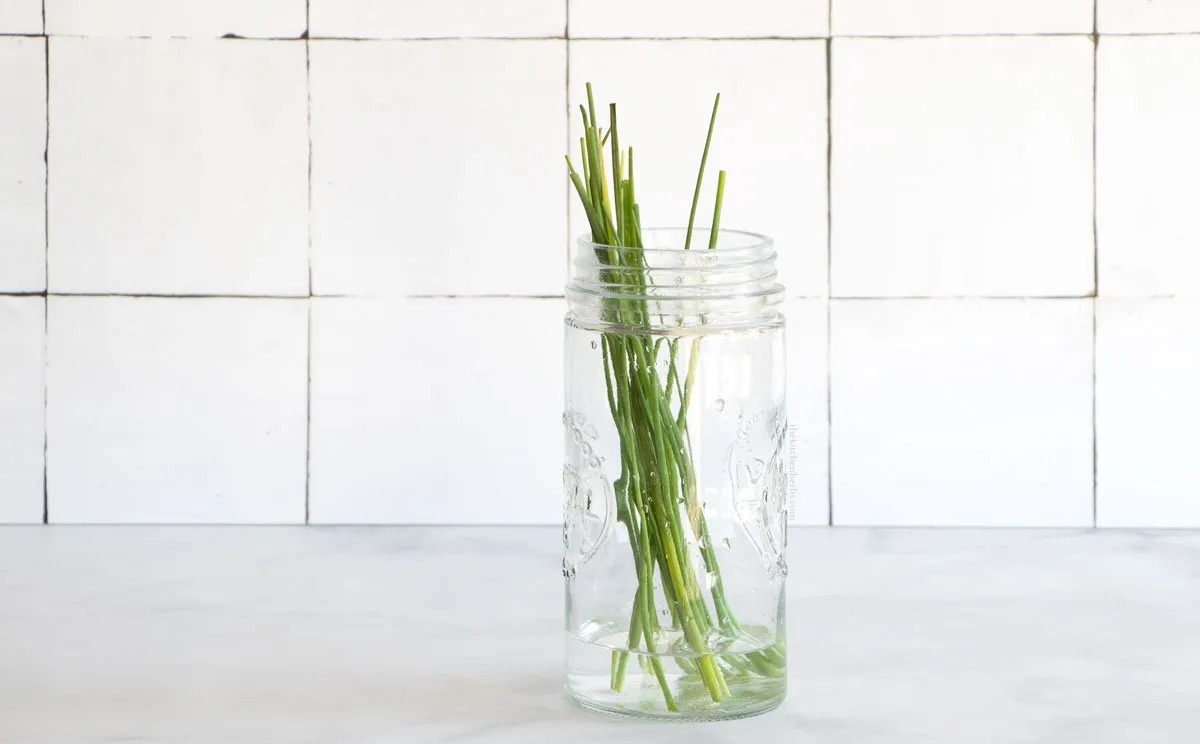

0 thoughts on “How To Store Cilantro In Water”